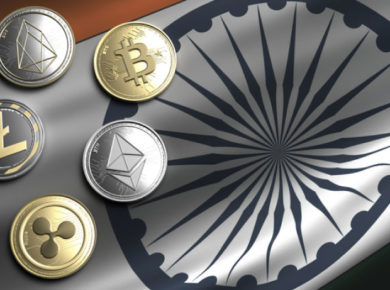Like a voyager who shows up at their village every now and then, in shiny costumes and a fresh accent, cryptocurrencies have a way of becoming the talk of the town every few years or so. For the while that they are home, everybody is mesmerised by, and a tad jealous of, their tales. The locals have animated conversations about why everybody needs to travel, and acquire the wealth of these wayfarers — conversations which die down gradually as the voyager takes off for their next trip.
Of course, like most Instagram users posting delicious pictures of their travels will tell you privately, beyond the optics, it isn’t all like it appears. Bitcoin enthusiasts though, probably wouldn’t admit to any such flaw in their favourite hobby.
For common-people though, and often even the journalist, this can create a quandary. Nobody serious seems to believe in Bitcoin, and yet, the prices keep increasing. Is something amiss?
Is It Just Froth?
Since mid-2020, cryptocurrencies in general, and its most recognisable face Bitcoins, have been on an upward spurt. A Bitcoin that cost $10,000 in early October crossed $40,000 by year end. Ethereum, another cryptocurrency was available at $120 in March, only to top $1,250 by December. Some forecasts peg the currency for a 10x growth in value from these levels. Pink dailies, predictably, began asking whether cryptocurrencies ought to be the new addition to your portfolio. Is it becoming, a store of value (like gold), or a reserve currency, like some of its biggest fans claim?
In 2017, after such a halving, there was a ten-fold spike in prices. What happened thereafter is not spoken about much. The price kept decreasing over the next year, losing over 80 percent in value by December 2018.
Perhaps it is useful to recall the advice from Albus Dumbledore, the headmaster of Hogwarts, of the Harry Potter universe: “Never trust anything that can think for itself, if you can’t see where it keeps its brain.” Those words certainly ring true in the real world of cryptocurrencies.






